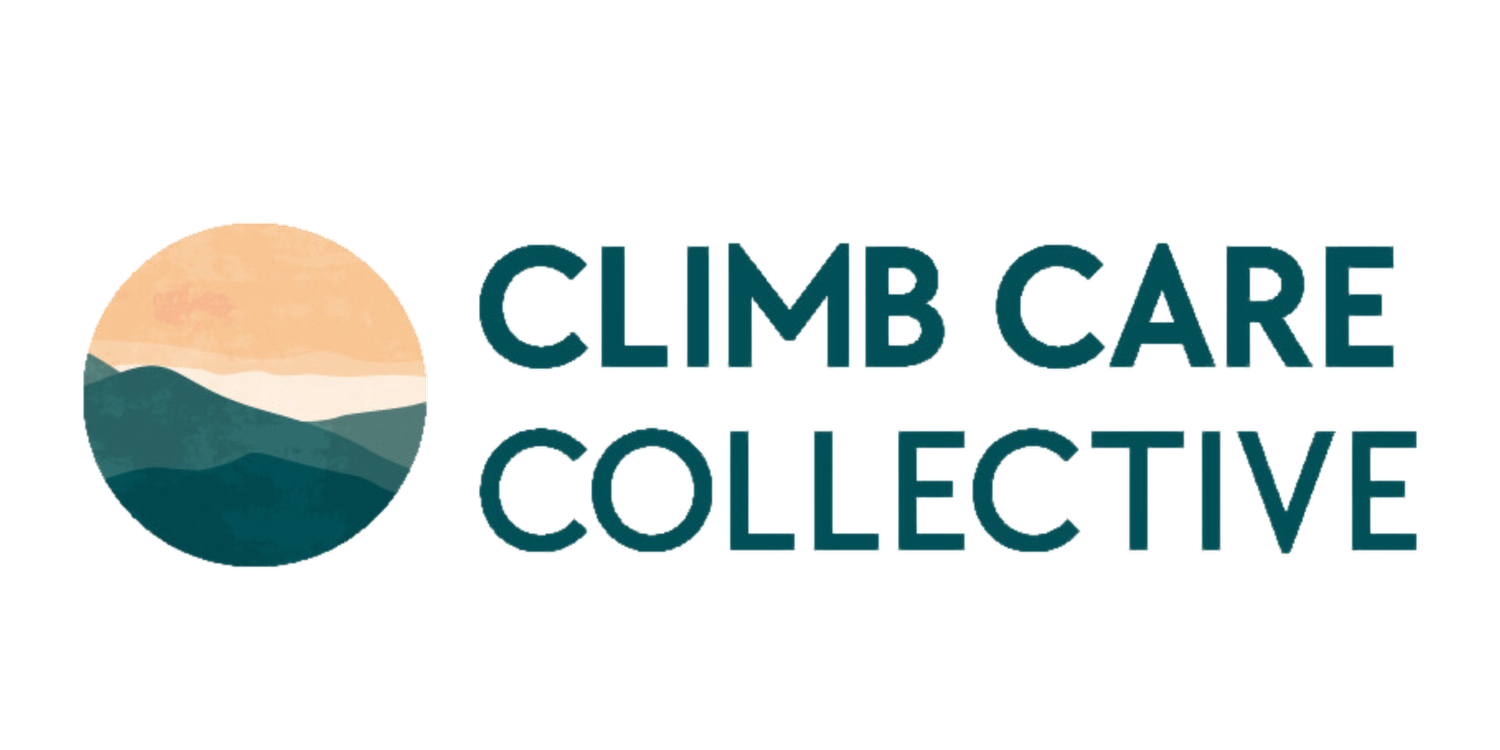Climber’s Healthy Finger Guide
Healthy Finger Guide for Climbers from post session recovery, mobility, wrist strength and simple hangboarding routines!
There are many injuries that can happen in the fingers however there are simple things that you can do weekly in your training to help look after your fingers as a climber.
I will focus on exercises that can be done with equipment typically found at a bouldering gym as well as provide alternative options for when you are at home or on the road.
Let’s go!
We will go over the following, feel free to skip ahead to the area you need the most right now
Post climb finger care
Upper body & Spine mobility
Importance of a strong wrist and good forearm rotation
Minimums/ Regeneration no hangs (Hang board/ block/ doorframes)
Part 1: What you can do post climb/ morning after if your fingers feel stiff and achey
✅ Tendon Glides 30-60 sec through comfortable ranges (I show 2 options in the video)
simple curl down and open
A straight finger wavy (I call it the Lleyton Hewit wave - for folks from the 90’s)
✅ Hand push ups 2×8
make sure just the palms are lifting but the fingers stay straight
Another common one you may have seen other climbers do is training the finger extensors (antagonists to the flexors that you grip with) with a web like rubbber band. An easy alternative is simply using a band the broccolini bunches are tied with!
✅ Finger extensors with band
ensure you are not locking out the finger joints whilst opening your fingers slowly into a hairtie/ elastic without locking out at the digits
💡 do this in a wrist extension position for 2× 12-15 reps
Part 2: Shoulder and upper back mobility
This is an important area to keep mobile especially during rehab when you may be taking a break from climbing or have reduced your time on the wall.
tightness & tension around here can have downstream effects on the fingers which can cause tightness and reduced range of motion
my top 2 drills are the
Scorpion stretch for pecs and upper back
½ kneel wall upper back and shoulder rotations
Part 3: Wrist Strength (Rotation + extension) and good forearm mobility
This I often see overlooked in many climbers off the wall training. Whilst the focus is on the fingers it’s important also to consider the neighbouring joint at the wrist.
The wrist forms a stable base that we initiate all of our pull from and having good mobility (control throughout range, not just flexibility) through here particularly with rotation will ensure we are not over rotating at the fingers and sharing the loading evenly.
This short video below will unpack:
✅ a quick self test to see if forearm rotation is lacking for you
✅ a simple theraband exercise to help address forearm mobility with rotation
✅ KB wrist extensions to mimmick the stable wrist position as we move the rest of the body in climbing
Part 4: Minimums/ Regeneration No hangs
Now these are the bread and butter of finger care whether you are completing rehab or simply wanting to take better care of your fingers in general. Think of these as a recovery strol for the hands.
What you’ll need is access to either a finger block/ hangboard or a door frame. Most door frames are ~ 20mm and we’re not hanging off them it’s just a light pull of <10-20% of body weight so you wont lose your door frame as the feet are staying on the ground (or a step)
This light loading in between sessions can help jumpstart the recovery process and can often help with easing the feeling of stiffness that some climbers get the morning after climbing.
If using a hangboard or a finger block:
20mm edge: ½ crimp (index finger at a strict 90deg) or 3 finger drag
7-10 sec on 50 sec off (can do shorter if you wish) x 6-8 rounds
<10-20% body weight, super light, feet on*
Hope this was helpful and just remember that the most important aspect of all of theese Healthy Finger Guide tips is consistency. Whether it be after every session you do some of the tendon glides and hand push-ups and minimums in the morning and the wrist care as part of your accessory exercises at the end of a weights gym session or a time that works for you.
Should you have any questions please do not hesitate to get in touch via my e-mail info@climbcc.com or if you have a specific finger niggle that you can’t seem to get on top of book in for a physio session to get this checked out.
The content of the above blog is for educational purposes only and to simply provide ideas on what could be helpful. It does not replace the need to seek the opinion of a medical/ health professional for an injury.

